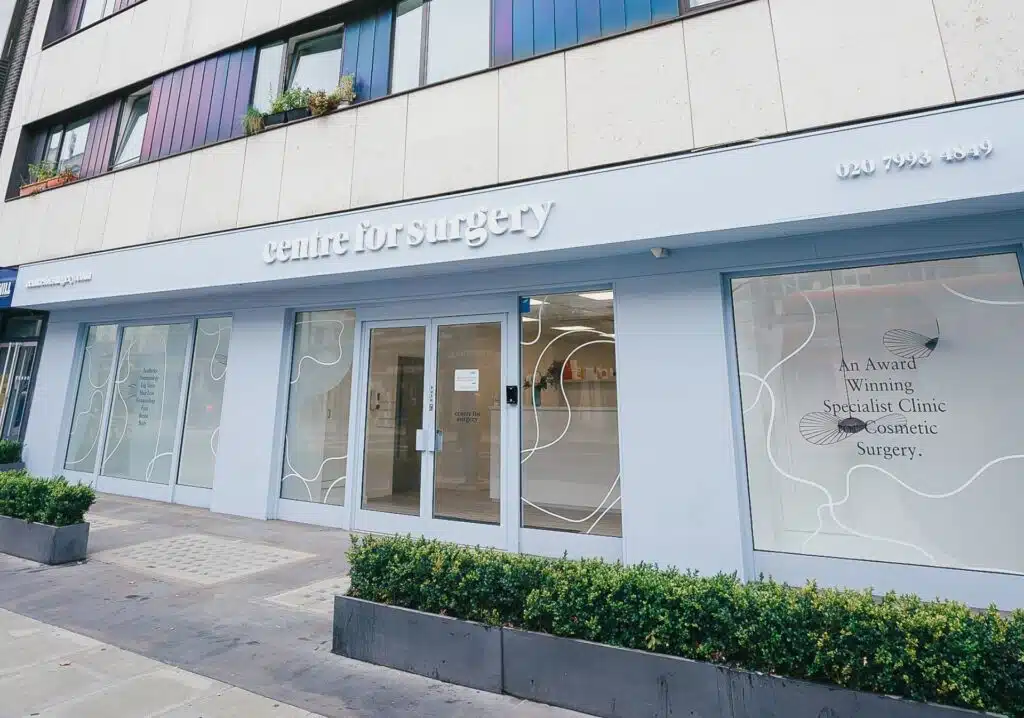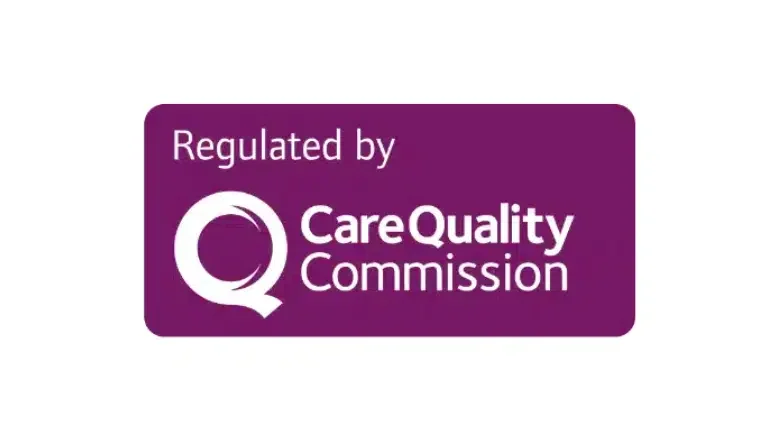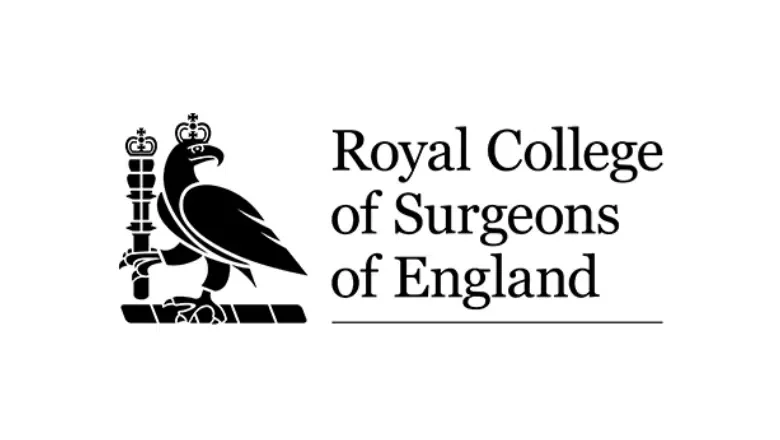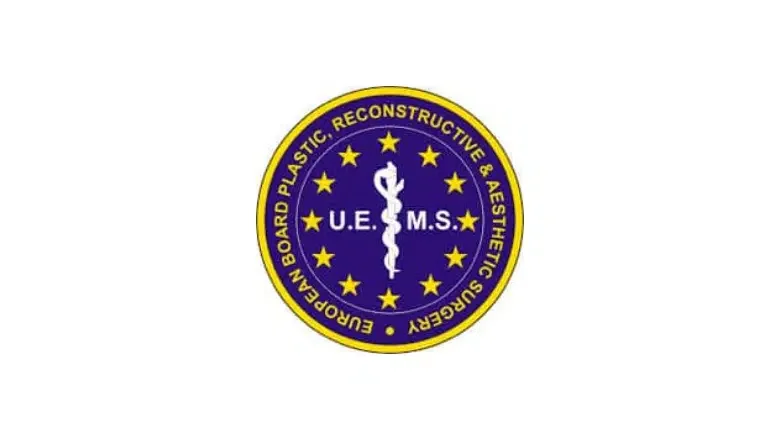Male chest reduction, otherwise referred to as male breast reduction, is the treatment for a condition known as gynecomastia. This occurs when the breast tissue in men or boys becomes swollen and appears enlarged. Gynecomastia is perhaps more common than you think – around forty to sixty per cent of men experience enlarged breast tissue. However, this condition can often cause a lot of self-esteem and confidence issues, which causes men to seek out surgery as a solution.
RELATED: Gynecomastia Before and After Photos
What causes gynecomastia?
There are several reasons why gynecomastia may occur. This includes:
- Hormonal changes – gynecomastia is often common in adolescent boys as their hormones continue to change
- Being overweight
- Drastic weight loss
- Ageing
Those who have developed gynecomastia because of these reasons may wish to opt for male chest reduction surgery. It is important to note that male chest reduction is not an appropriate procedure for those who have developed a larger chest just from weight gain.
RELATED: Does exercise prevent gynecomastia?
Male breast reduction surgery to get rid of gynecomastia and chest fat
It has been estimated that up to one in seven of all men in the UK will develop enlargement of the male breasts at some point in their lives. Although many types of male breast enlargement are short-lived and temporary, many men will require male breast reduction to get rid of man boobs permanently.
Is Male Chest Reduction Safe?
A common question from potential patients is whether male chest reduction is safe. Here, we explore the safety aspects of this procedure in detail.
Understanding Gynecomastia Surgery
Gynecomastia surgery typically involves the removal of excess fat, glandular tissue, and, in some cases, skin from the chest area. The procedure can be performed using liposuction, excision, or a combination of both, depending on the severity of the condition and the patient’s specific needs.
Safety Considerations
Like any surgical procedure, male chest reduction carries some risks. However, it is generally considered safe when performed by a qualified and experienced surgeon. Here are the key safety aspects to consider:
Qualified Surgeon
Choosing a specialist plastic surgeon with extensive experience in gynecomastia surgery is crucial. A skilled surgeon will perform a thorough evaluation, create a personalised treatment plan, and use the safest techniques to minimise risks.
Preoperative Assessment
Before surgery, you will undergo a comprehensive medical evaluation. This assessment ensures you are in good health and identifies any potential risk factors that could affect the surgery or recovery.
Anaesthesia Safety
The procedure is usually performed under general anaesthesia or local anaesthesia with sedation. Anaesthesia is administered by a qualified anaesthetist who monitors you throughout the surgery to ensure your safety.
Minimally Invasive Techniques
Advances in surgical techniques have made gynecomastia surgery less invasive, reducing the risk of complications. Liposuction, for example, involves small incisions and minimal tissue disruption, which can result in a quicker recovery and fewer complications.
What does male breast reduction surgery involve?
Male breast reduction surgery is designed to get rid of excess breast tissue in men using a combination of surgical techniques. The procedure first involves the removal of extra chest fat using London liposuction, followed in many cases by direct surgical excision using a half-moon incision around the areola to remove excess glandular tissue.
SEE ALSO: What do gynecomastia scars look like?
In some cases, men may prefer to have smaller nipples and areolas, and this can easily be carried out during the same procedure using an areola reduction technique. Your surgeon will be able to detail the procedure at your gynecomastia consultation in London.
SEE ALSO: What is gynecomastia surgery recovery like?
The procedure will be performed under a type of general anaesthetic known as TIVA. It provides a heightened sense of wellness following the procedure and allows you to wake up more quickly with a lower risk of sickness and drowsiness.
Numerous steps are involved in male chest reduction surgery. The exact method will vary depending on whether more glandular tissue or fat cells need to be removed.
Incisions will be made around the areola to remove glandular tissue, and the glandular tissue will be cut out. If an excess amount of tissue needs to be removed, more incisions may be required.
If more fat cells need to be removed, liposuction will be used. This is an ineffective method for glandular tissue. Centre for Surgery uses the PAL lipo method, which, unlike other methods, does not involve heat. Only small incisions are required, and thin cannulas are used to suck out the fat cells.
What is the recovery period like after male chest reduction?
You will be able to return home the same day as the procedure; you will be discharged once the effects of the anaesthetic have worn off.
Following the procedure, absorbent pads will be applied to the incision area. You will also be given a compression garment, which you must wear for at least three days. This will help to reduce any swelling and bruising. Swelling may take several weeks to subside, but it can persist for up to two months. Once all the swelling has subsided, you will be able to see the full results of the procedure.
You will need to take a few days off work to recover. You will need to avoid any strenuous physical activity for at least two weeks. You can resume light activities after two weeks. You will be able to resume your usual day-to-day activities after a total of six weeks.
RELATED: How much does Gynaecomastia surgery cost?
Are you interested in male chest reduction surgery? This is a procedure Centre for Surgery offers. Contact us today to learn more or schedule a consultation with one of our surgeons.










